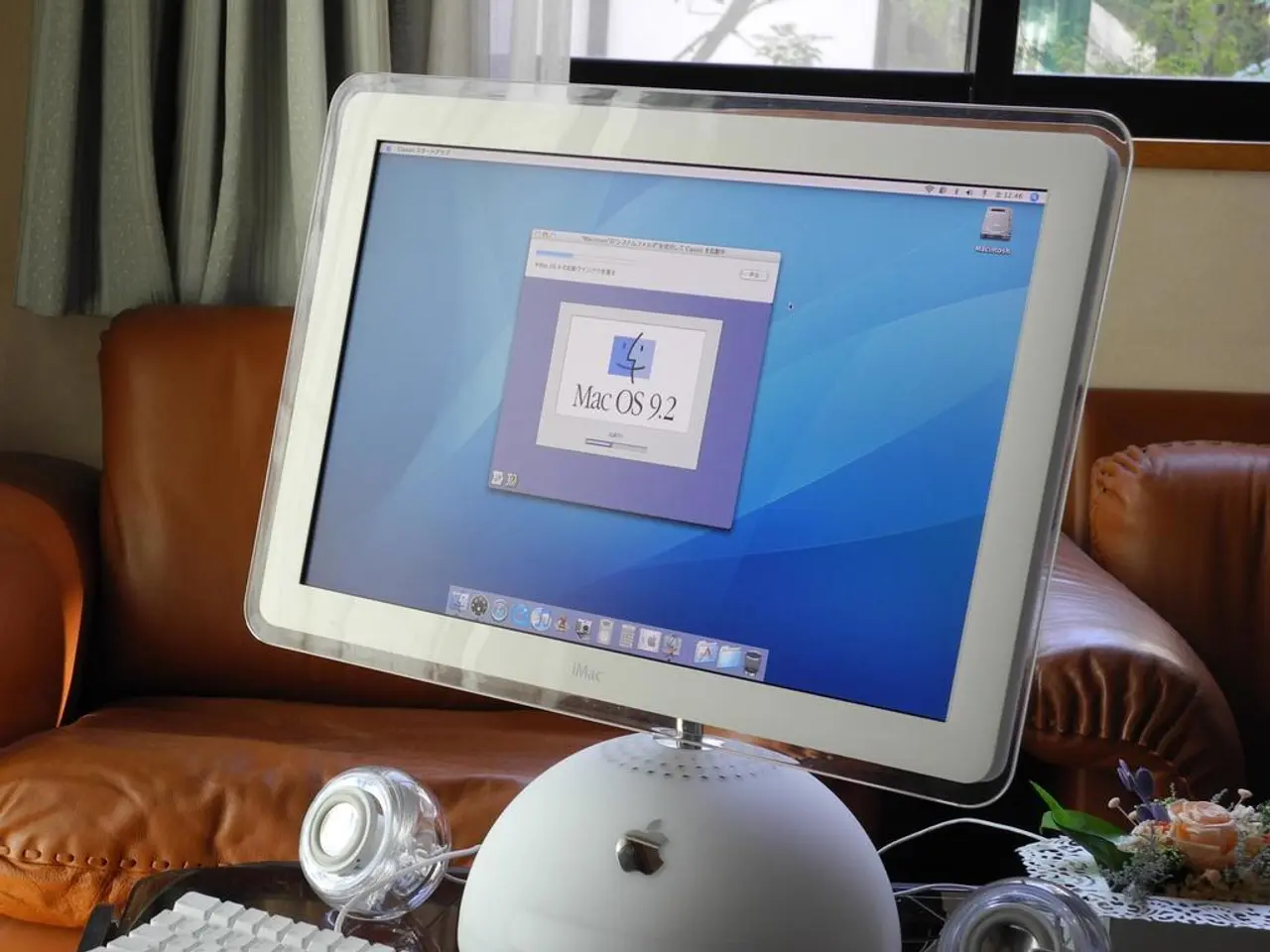Anticipated Rise in Values for Hong Kong Stock Market Predicted
================================================================================
The U.S. and the European Union reached a historic trade agreement over the weekend, sending positive ripples across global markets. The NASDAQ and the S&P 500 reached fresh record closing highs, while the lead from Wall Street is positive as the major averages opened higher on Friday. However, the impact on Asian markets remains mixed.
In Hong Kong, the global forecast is upbeat due to the U.S.-EU trade agreement. The Hang Seng Index started the day on a positive note, but ended a five-day winning streak on Friday, finishing lower. For the day, the Hang Seng Index dropped 1.09 percent to finish at 25,388.35.
China Life Insurance jumped 1.79 percent, while China Mengniu Dairy contracted 1.27 percent. However, Chinese tech giants like Alibaba Group, JD.com, and Xiaomi Corporation saw a different trend. Their stock performance post-U.S.-EU trade deals tends to reflect broader investor sentiment about China’s economy, U.S.-China relations, and global supply chains rather than U.S.-EU trade terms specifically. As a result, Alibaba Group tanked 1.91 percent, while Alibaba Health Info lost 0.41 percent. Xiaomi Corporation surrendered 1.80 percent, and JD.com plunged 2.10 percent.
Meituan, a major Chinese internet company, also saw a decline, falling 3.20 percent. On the other hand, tech stocks like Nongfu Spring soared 3.56 percent, and CSPC Pharmaceutical rose 0.12 percent.
In the property sector, China Resources Land climbed 1.18 percent, but CITIC slumped 1.13 percent. Hang Lung Properties fell 0.40 percent, while Henderson Land advanced 0.92 percent.
The crude oil market took a hit on Friday due to reports that the U.S. might allow partners of Venezuela's state-run PDVSA to resume operations, sparking concerns of over-supply. West Texas Intermediate crude for September delivery closed at $65.15 per barrel, down $0.88 or 1.33 percent.
The Hong Kong stock market will release June numbers for imports, exports, and trade balance later today, which could provide further insights into the market's performance. Several trading partners are also trying to reach an agreement with the U.S. to avoid high tariff imposition on their exports to the U.S. from August 1.
In May, Hong Kong's imports were up 18.9 percent on month, and exports rose 15.5 percent, resulting in a trade deficit of HKD27.3 billion.
On Wall Street, the Dow Jones Industrial Average jumped 0.47 percent to finish at 44,901.92.
While the U.S.-EU trade agreement is expected to reduce trade barriers between these two large economies, potentially increasing economic growth and investor confidence globally, a precise assessment of its direct impact on Asian markets and individual tech stocks requires specific Asian market index movements and stock price changes immediately following the ratification date, plus analyst commentary on these companies’ exposure to the U.S.-EU trade dynamics.
- Despite the U.S.-EU trade agreement's potential impact on global economic growth and investor confidence, the decline in tech stocks like Alibaba Group, Alibaba Health Info, Xiaomi Corporation, and JD.com after the deal suggests a more complex relationship between the agreement and China's tech sector.
- As Asian markets and individual tech stocks continue to show mixed reactions to the U.S.-EU trade agreement, a thorough analysis would require specific market index movements and stock price changes following the ratification date, alongside analyst commentary on these companies' exposure to the U.S.-EU trade dynamics.




